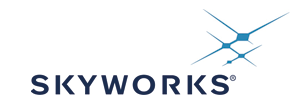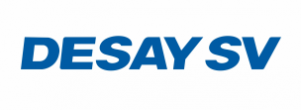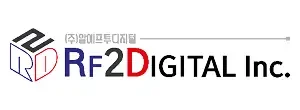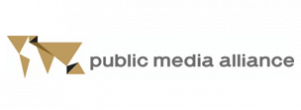Press Release
Following from the two successful webinars “DRM Benefits in Times of Crisis,” the DRM Consortium in collaboration with Asia-Pacific Broadcast Union (ABU) is announcing a follow-up interactive webinar session, focused on “DRM for Education” on June 18th. Details for registration will follow shortly.
The webinar will try to demonstrate how digital radio DRM can be as effective in delivering richand tailored teaching material to millions of students who have no access to IP connections and devices. The webinar will be mainly practical and interactive and will highlight the great advantage of digital over analogue in delivering education and information in a new way.
This was one of the questions and topics touched upon on during the recent webinars. In order to address the many other questions asked on DRM we are also announcing a “live” page “No Question Too Simple, No Answer too Hard” on the DRM website (http://s836646369.websitehome.co.uk/public_html/new-about-drm-your-questions-answered/).
Many of the questions on DRM are answered in the “DRM Handbook – An Introduction and Implementation Guide”, freely available on www.drm.org. We are now announcing the launch of a new Version 5 of the DRM Handbook.
In the updated Handbook Version 5 the terms “DRM30″/”DRM+” have been officially deprecated as there is only one DRM standard for all frequency bands above and below 30MHz. Together with the addition of the latest DRM features and Consortium benefits, with brief clauses on DRM logos and DRM Live Monitoring Service, the new Handbook is a clearer text benefitting from new and improved graphics, too.
DRM beginners and anyone interested in DRM have now a complete and clear document easily accessible from at: handbook.drm.radio
About DRM
DRM on short, medium and long wave up to 30 MHz provides for the efficient coverage in large areas with at least FM quality, while significantly reducing power consumption. DRM in the FM & VHF bands above 30 MHz enables flexible local and regional broadcaster-controlled services, with up to 3 stereo audio programmes plus multimedia components in half the bandwidth of a single analogue FM signal.
Advanced radio functionality thanks to DRM comprises: More services based on the highly efficient audio codec MPEG xHE-AAC and free-to-air Journaline multi-lingual text information, detailed service signalling, service linking (including to analogue AM/FM services) and DRM EWF – Emergency Warning Functionality. Enhanced DRM features include native Unicode support, station logos via SPI, Slideshow images and traffic and travel information.
The DRM Consortium was awarded by ITU for its outstanding contribution to the Telecommunications over the past years and has signed the EBU Smart Radio Memorandum that promotes access to free to air radio on all devices.
For more information and DRM updates please visit www.drm.org or subscribe to DRM news by writing to pressoffice@drm.org.
Go to www.drm.org/newsletters to subscribe to the general DRM newsletter or the special India Noticeboard with all the latest DRM news.


